Gallery: David Kirkby
Its a snail shell! Its a Koosh ball! Its physics!
A physicist-photographer finds cosmic meaning in everyday things.
By Tona Kunz
Photographs by David Kirkby
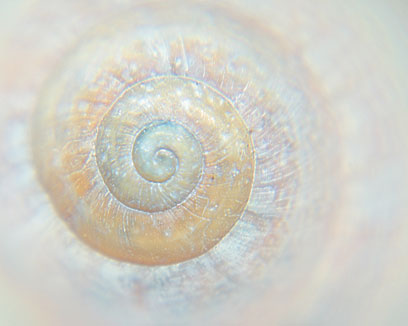 |
| mysteries of a teenage sun |
Blackboards filled with mathematical equations and scientific machines as large as cathedrals can awe, and sometimes overwhelm.
But Koosh balls are another matter.
Jiggly, squishy, and abstract, the rubber toy harks back to carefree childhood days when a Koosh ball could represent a sea anemone, an alien being, even dark energy, the invisible cosmic force that repels planets and stars away from one another, stretching the universes like a giant rubber band.
Its just the sort of approachable object David Kirkby uses to grab peoples attention and show them the complex and often abstract world of science.
A physicist and amateur photographer, Kirkby sees artistic and educational possibilities in everyday objects and the hidden physics principles they reveal.
The goal for me is to present little pieces of science that are not too intimidating and to present images to go with the buzz words people see in the papers, Kirkby says. People have probably read in the newspaper about dark energy. Taking a picture of a childs toy and calling it dark energy makes it less intimidating. It inspires you to learn more.
For about two years, Kirkby has been uploading his photographs to the online gallery flickr.com. A small cache of his photos focuses on abstract illustrations of physics principles. The collection grew from his photography hobby and a need to explain physics to non-physics majors in the lectures and classes he teaches at the University of California, Irvine.
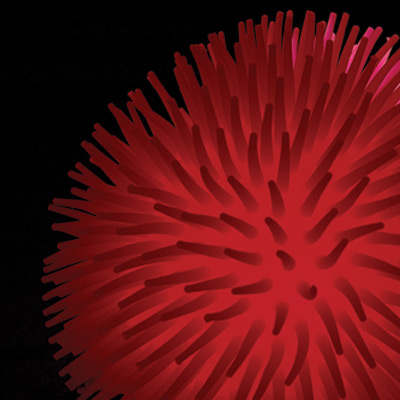 |
| dark energy |
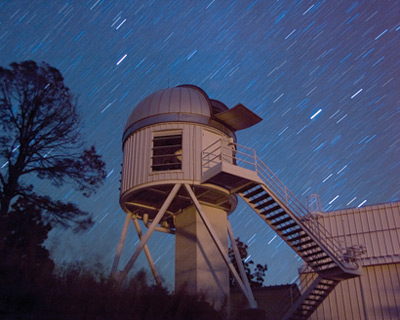 |
| spaceship earth |
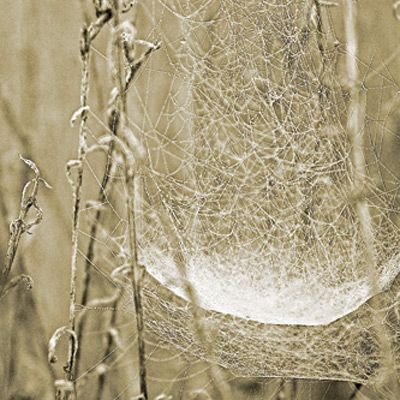 |
| string theory |
 |
| celestial navigation |
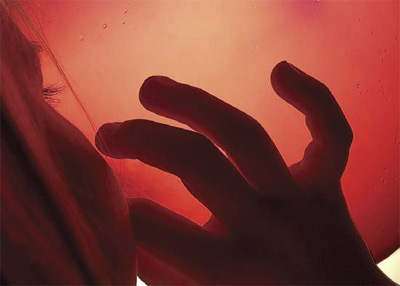 |
| inflation |
The reason I took those pictures and put them on flickr is that it is almost a form of outreach to get people without a science background aware of what is going on with physics, he says.
Everyone, regardless of profession, needs that knowledge. Voters cant intelligently choose how to spend their tax dollars, or weigh in on whether to compete in the global race to the next big discovery, if they dont understand the definitions of the landscape, says Kirkby, who does research with BaBar, the B factory experiment at the Stanford Linear Accelerator Center in California.
For Kirkby, inspiration comes in two forms.
Sometimes an image is so striking he has to capture it just for arts sake, and only later realizes it shows a physics principle. Thats what happened with the Koosh ball photo, titled Dark Energy, and with an image called Silk Damping that shows how plasma, a gas-like cloud of free electrons, could create ripples in the universe.
It is almost a form of outreach to get people without a science background aware of what is going on with physics.
Other times, Kirkby seeks out images that fit scientific principles he wants to explain, such as the photos Weak Lensing, showing a lens magnifying a word in a book, and Inflation, a child blowing up a balloon. A closeup of a typewriter key containing the 5 and % characters refers to the percentage of the universe that is visible matter; it was featured on the cover of the March 2007 issue of symmetry.
Fans have purchased several of the flickr photographs, which have garnered 1000 to 6000 hits each, but Kirkby has no intention of moving from the Internet to a traditional art gallery. You would never have that kind of exposure in a bricks-and-mortar show, he says.
Click here to download the pdf version of this article.






